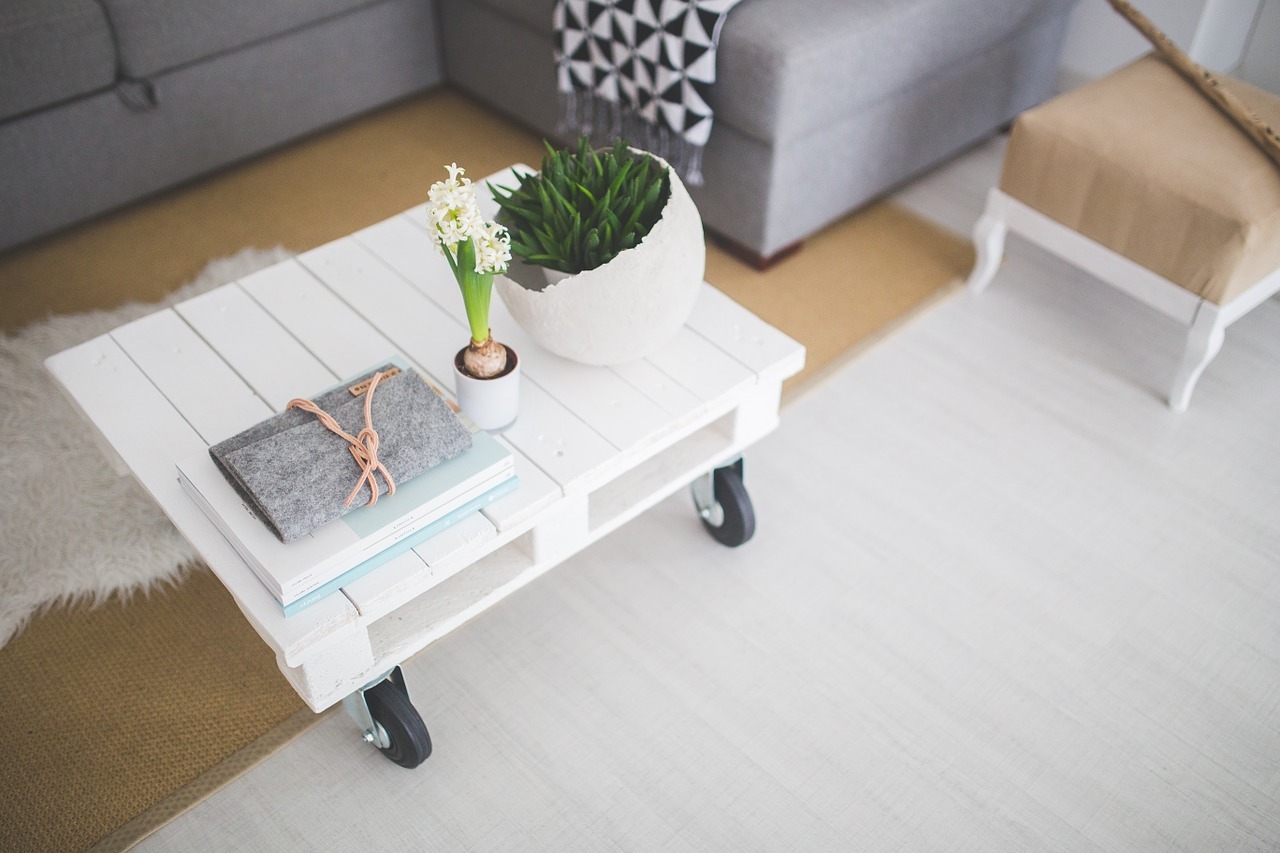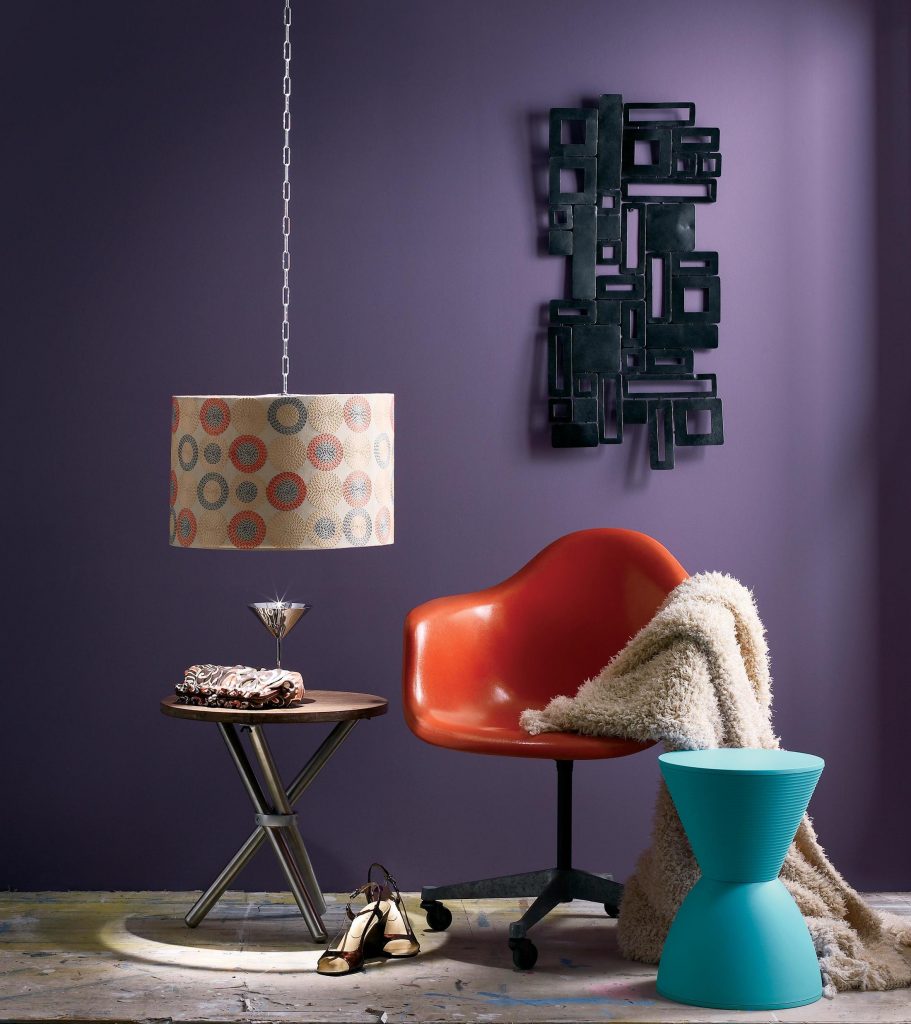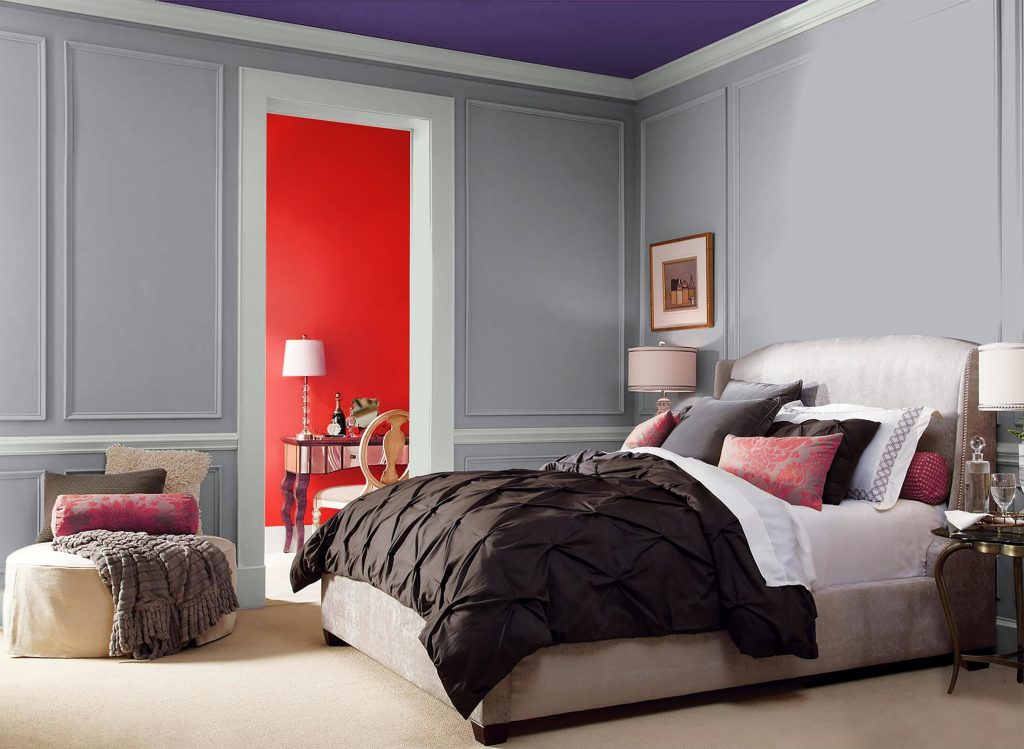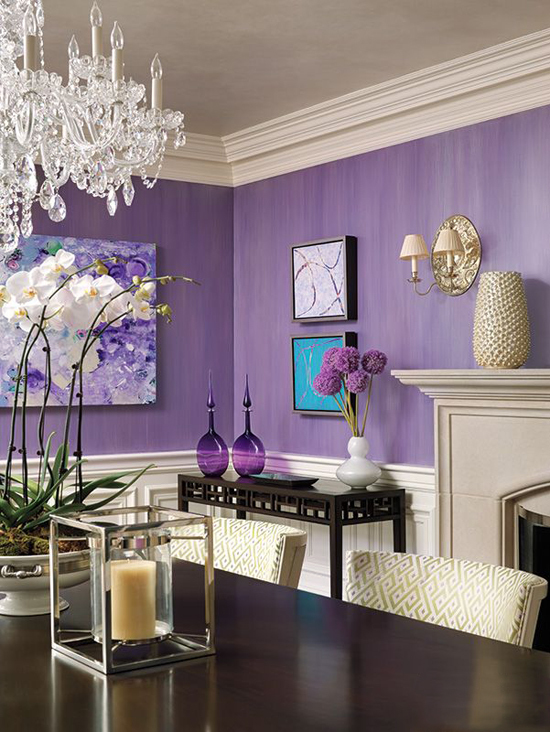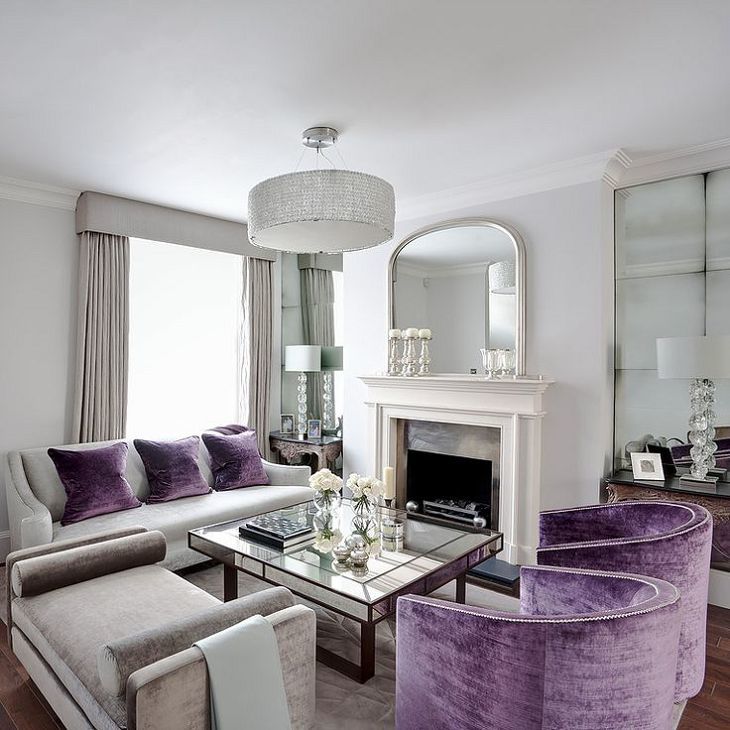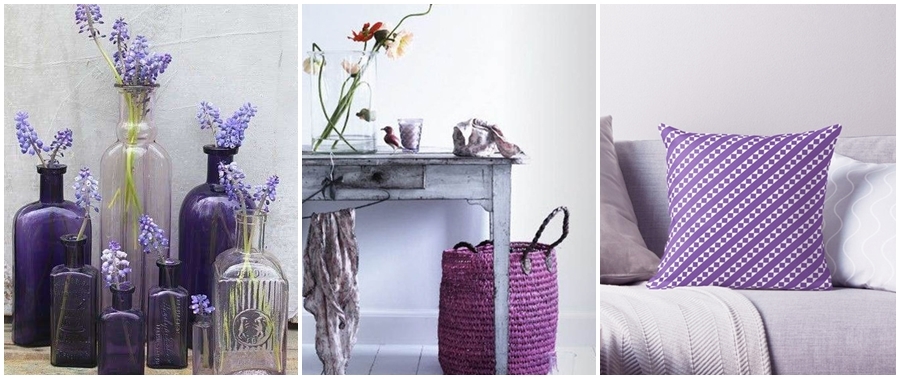Farmhouse Interior Design
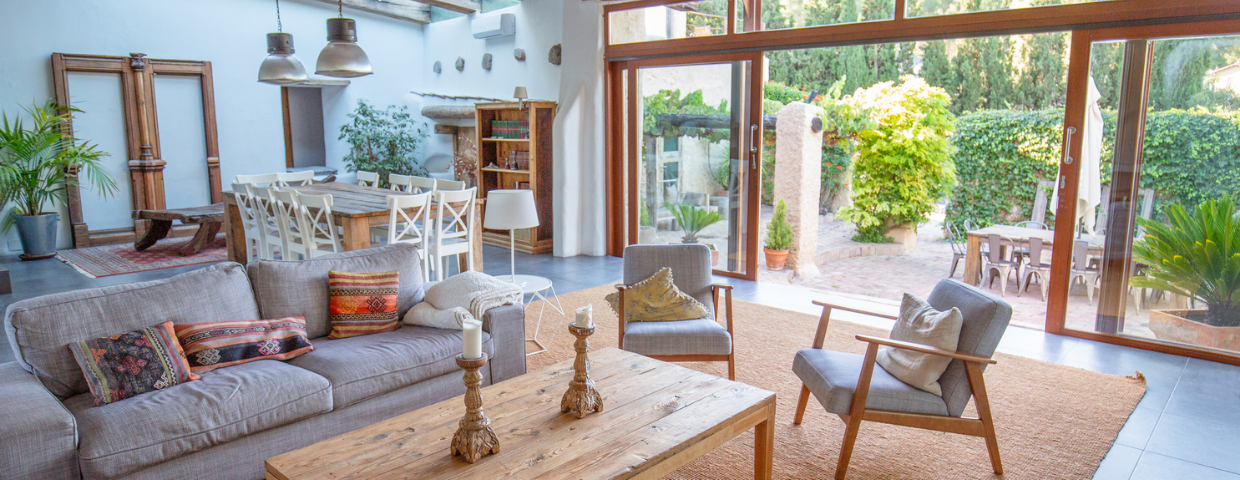
Known for its signature chic comfort, the farmhouse style is a popular method of interior design for homeowners looking to blend elements of modern and traditional design. With a rustic charm at its heart that recalls images of the countryside and wide-open landscapes, the farmhouse style steadily picked up steam in the 2010s and continues to grow in the 2020s. The following information is a guide to understanding the characteristics that make up the farmhouse style and how you can translate them into your home.
What is farmhouse style?
The farmhouse style predominantly uses a white/grey/beige color palette which provides a foundation for complementing elements and brighter colors. Against this clean backdrop, rustic materials can really shine. Exposed wood beams of timber or reclaimed wood, shiplap, and wrought iron are materials typically used help to round out the aesthetic, creating that rural-with-a-touch-of-modern feeling that the farmhouse style is known for. These combinations create a sense of openness and simplicity in the spaces where they’re used. In the kitchen, the farmhouse style feels clean and inviting; in the living room, it beckons members of the household and guests alike to sit back and relax; and in the dining room, it creates the perfect setting for enjoying a meal together.
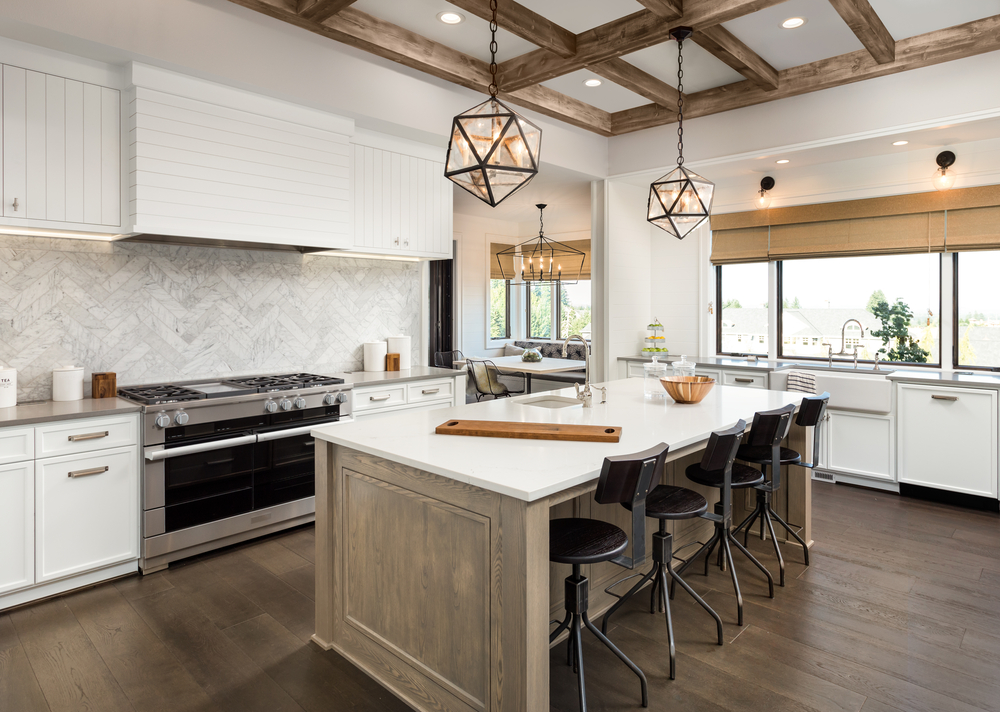
Image Source: Shutterstock – Image Credit: Breadmaker
How to Decorate in a Farmhouse Style
When it comes to furniture, there are specific choices you can make that will help reinforce your personal farmhouse style. Functionality is a core principle of farmhouse design, exemplified by its use of reclaimed and found materials. When looking at furniture, tune your radar to pieces that are simple and functional rather than ornate and complex. Farmhouse’s warmth contrasts the colder feel of minimalism, so when thinking about texture, know that you’re not bound to selecting only the cleanest possible lines—feel free to experiment! With natural elements like stone and wood already providing a varied blend of textures, you can afford to be bold in your choice of throw pillows, blankets, carpeting, and furniture set pieces.
The farmhouse style will give you license to decorate with antiques and vintage materials. Items like armoires, wooden iceboxes, and vanities will find a fitting home among your complementary decorative items. With a prevalence of wood, choose grain patterns and wood tones that complement each other well without clashing. Clutter can get in the way of the coziness that the farmhouse style naturally evokes, so it’s important to keep your main living areas well maintained to truly let your home’s interior design flourish.
With the farmhouse style, it all comes back to comfort. If you’re looking to make the spaces in your home more comfortable, either fully adopting or borrowing from the farmhouse style may be just the ticket. For more helpful tips on home design, read our blog post on how to upgrade your bedroom:
7 Vintage Design Elements That Are Still Popular Today
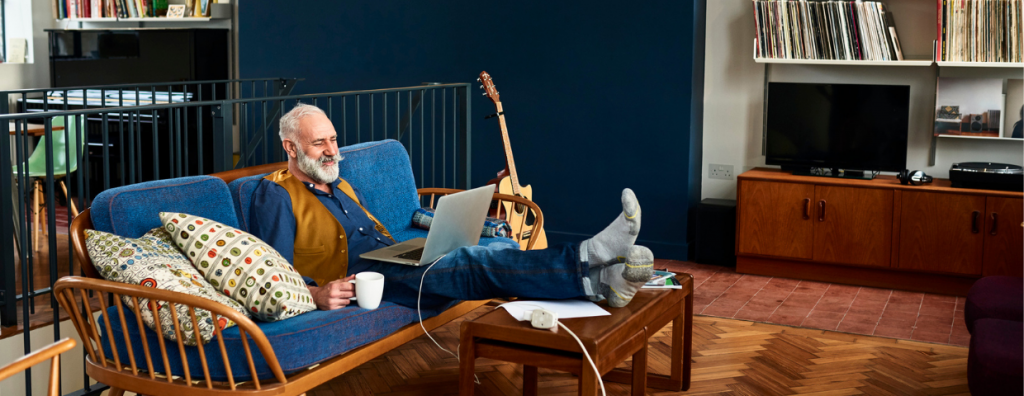
Adding the right touch of vintage décor to your home is a matter of balance. It brings that decades-old, well-traveled quality that gives the spaces in your home a special character. A common concern with vintage décor is that it will make a home feel outdated. Fortunately, certain design elements and trends have stood the test of time.
We tend to think of vintage décor in terms of well-known objects, like shag carpets and Eames chairs, but it is so much more than that. Some of the most iconic design concepts of eras past continue to influence how we design our homes today. From features to furniture, here are just a few that have maintained their popularity with homeowners and interior designers alike.
7 Vintage Design Elements That Are Still Popular Today
1. Built-Ins
The history of built-ins dates back to the Arts & Crafts movement of the late nineteenth century to the early twentieth century. In contrast to the Victorian period that preceded them, the Arts & Crafts designers looked to simplify home design by working features into the structure of the home itself. The clean aesthetic look of built ins, as well as their functionality and the storage they provide, have kept them relevant for decades.
2. Exposed Brick
Exposed brick has maintained its popularity through the years, sometimes used to compliment certain modern design trends, such as Industrial, a common design choice for open-concept, non-traditional living spaces such as lofts. Whether it’s stripping away a wall to reveal a chimney or using it as a backsplash for open shelving, exposed brick creates a vintage lived-in quality. Its natural pattern and textured surface work well as either a focal point or an accent piece in large and small spaces alike.
3. Crown Molding
With roots dating back to ancient Greece, crown molding is both decorative and functional. It provides a visual transition for the surfaces in a room by embellishing the space between the ceiling and wall. It can also be a decorative piece for architectural elements such as bookshelves, doorways, etc. Although crown molding is a small detail, it plays a significant role in tying a room together.
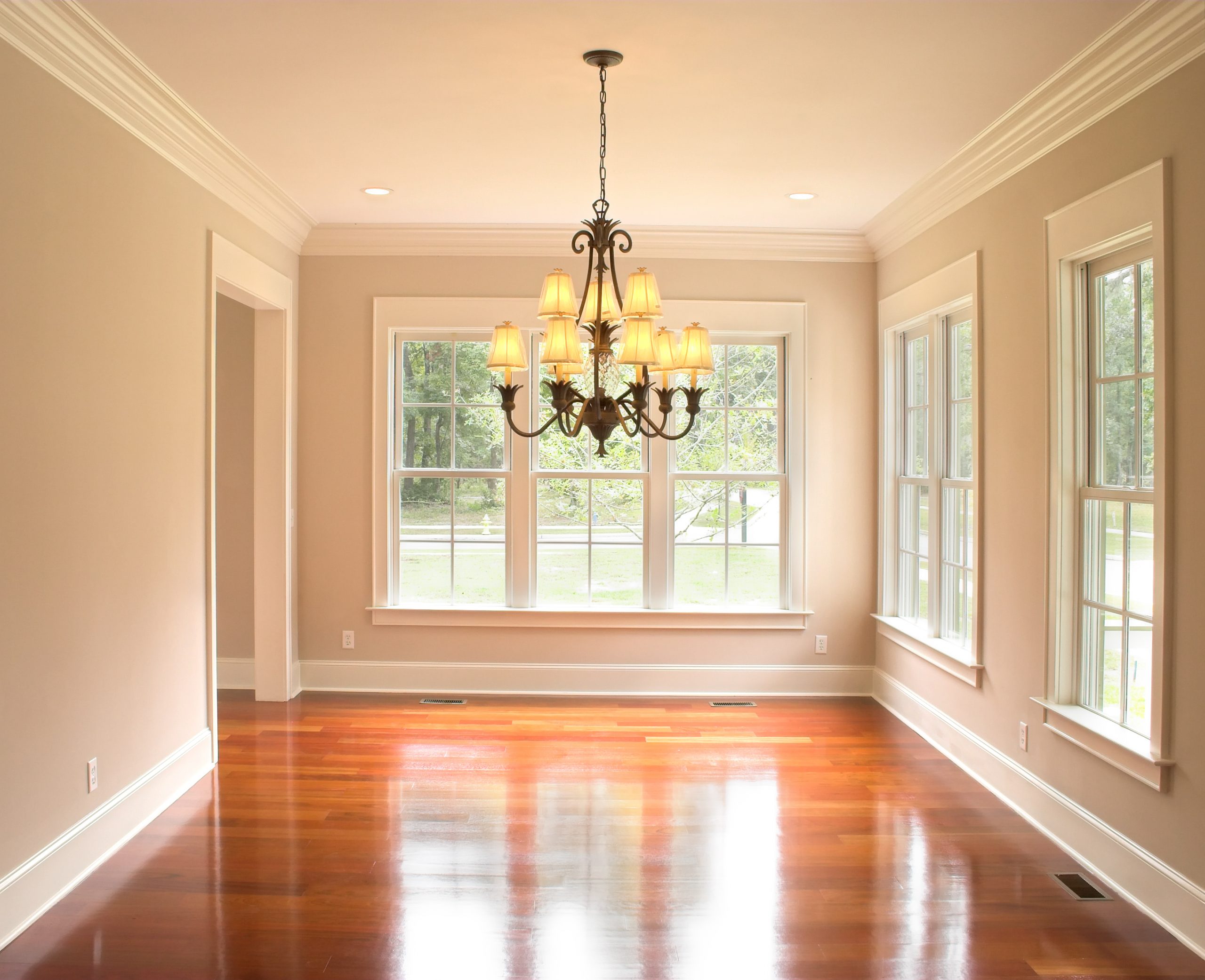
Image Source: Getty Images
4. Marble Countertops
From ancient Rome to the European Renaissance, marble has been widely used throughout history in countless homes throughout the world. Heat resistant and easy to clean, marble countertops have become a staple of kitchens and bathrooms. Due to their large surface area and durability, they are often the centerpiece of kitchen renovation projects. Because marble is porous, it’s best to seal them at the time of installation to prevent damage.
5. Wicker Style Furniture
With origins tracing back thousands of years, wicker-woven furniture is still ubiquitous today. Made from the sturdy and flexible material rattan, wicker furniture is lightweight and weather resistant. It makes for the ideal outdoor patio chair or lounge seat, or the perfect rocker by the fireplace in the living room. A combination of functionality and beauty, wicker furniture’s popularity has showed no signs of slowing down.
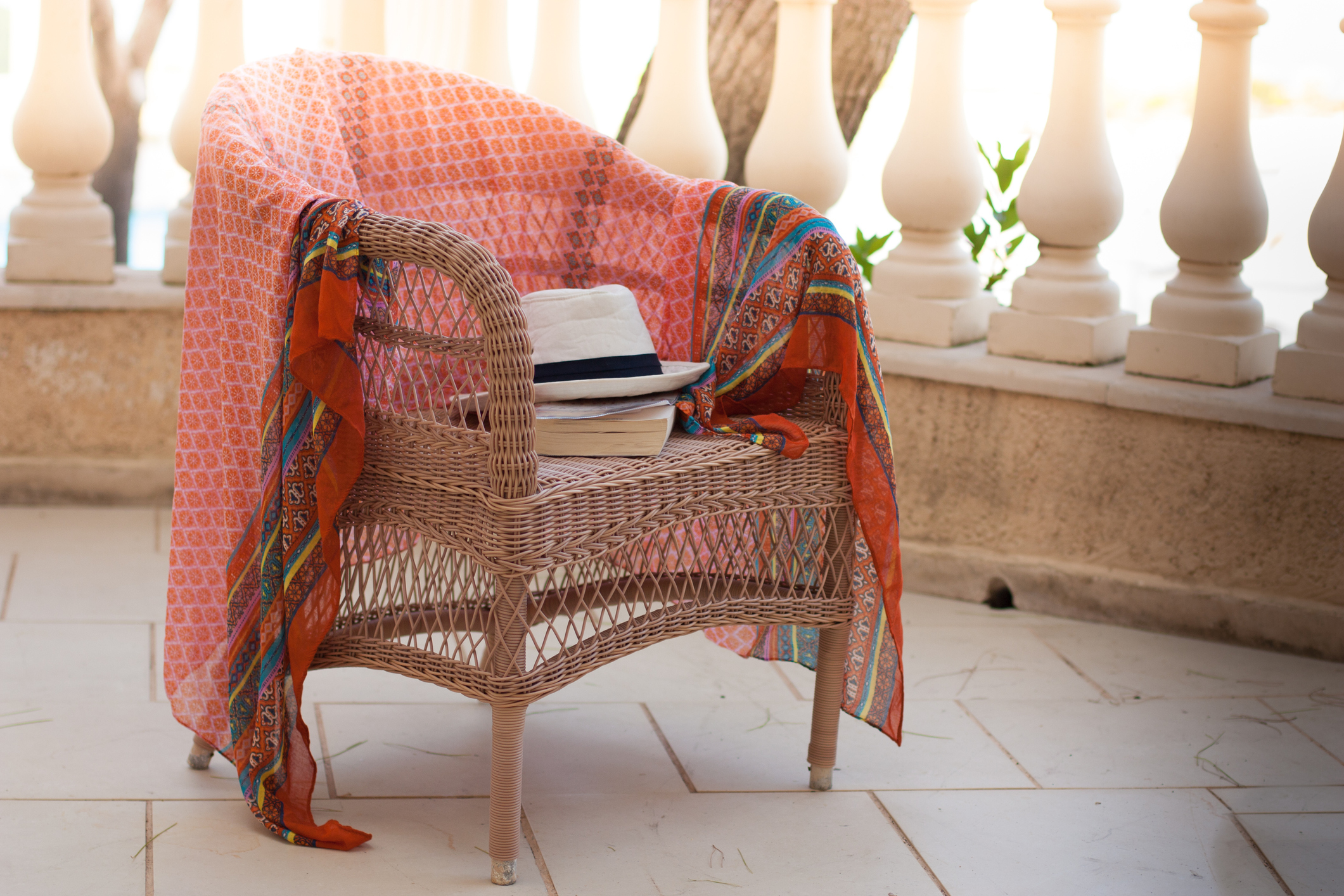
Image Source: Getty Images
6. Checkerboard Tile
Checkerboard tile is a classic element of vintage design, often used on kitchen floors and in bathroom tile work. Designers have always found a way to incorporate this eye-catching black and white pattern into the latest trends. In the home, it can be applied on a large or small scale. If a whole kitchen floor is a bit much for your taste, incorporate it in smaller areas, such as a bathroom backsplash or a backdrop for your shelves.
7. Mid-Century Modern Furniture
The evidence of the Mid-Century Modern (MCM) movement’s relevance is all around us, but in the home, it lives on in its signature furniture pieces. MCM designers took the concepts of modern design—clean lines, minimalism, multi-functionality—and created sleek, interesting furniture pieces that blend into a room and make a statement simultaneously. Common items such as teak desks, Eames chairs, Tulip chairs, credenzas, and raised-legged dressers skyrocketed in popularity during the fifties and sixties. MCM has proven to be timeless, and to this day, its influence can be seen in homes everywhere.
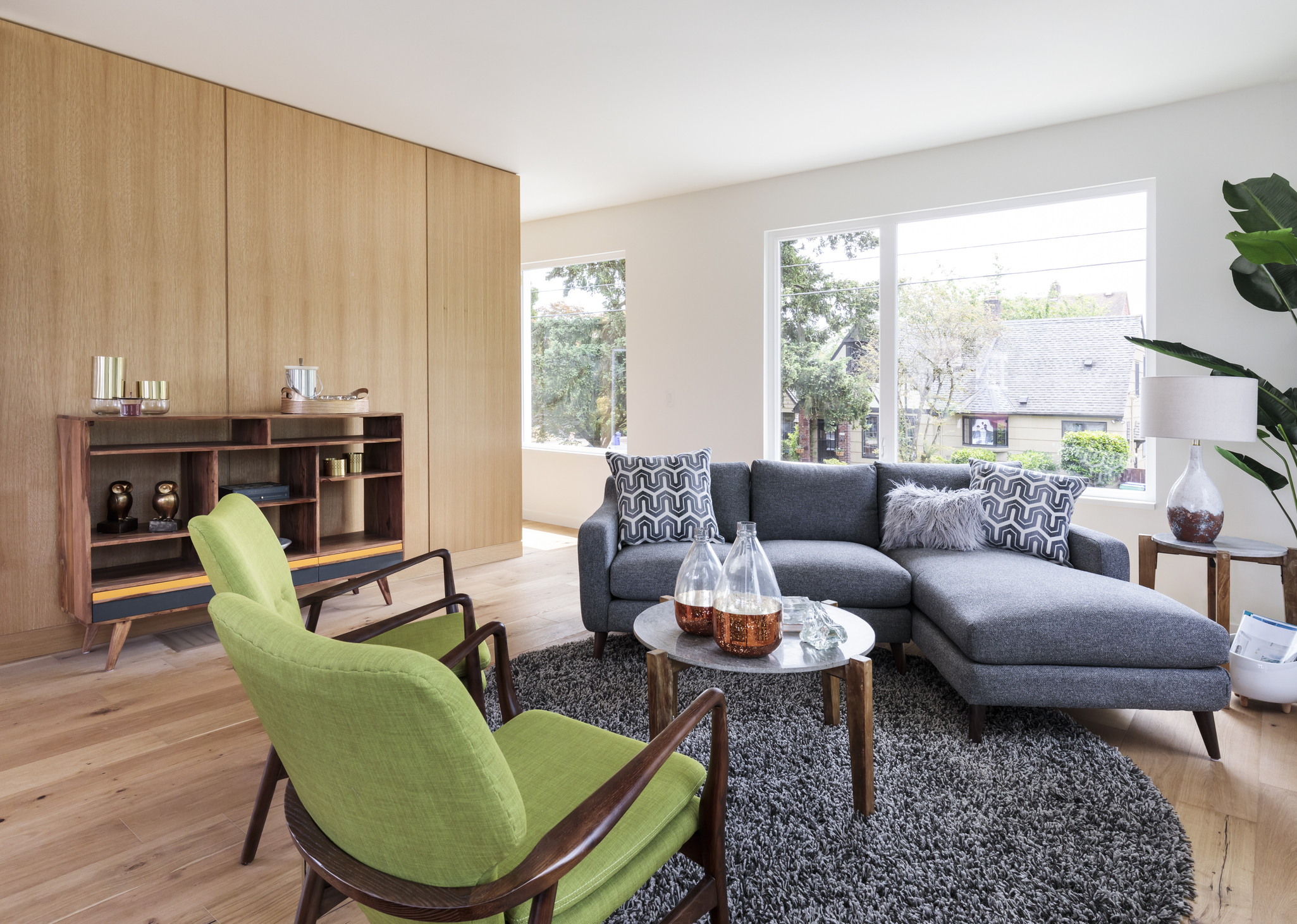
Image Source: Getty Images
For more information on home design styles, check out our Interior Design page on our website.
Ideas for Decorating with Plants

At the mention of interior design, the first things that often come to mind are furniture, wall art, paint colors, and other material components. However, plants are an important décor element that have the power to refresh the look and feel of any indoor space, while making your home eco-friendlier. Keep the following tips in mind when decorating your home with plants.
Consider Your Space
Before you make a trip to the nursery, think about which spaces in your home are best suited for plants. It’s also important to research the needs of the plant varieties you’re considering. By knowing how much shade and direct sunlight they need, you’ll be able to identify the best home for each plant type and the care they need to grow.
Go Vertical
Empty vertical wall spaces provide the perfect opportunity to incorporate hanging plants. Whether you use planters or install shelving, hanging plants attract the eye and bring an organic, living element to what was previously a blank canvas. Hanging herb gardens are a wonderful addition to the kitchen, allowing you to keep fresh ingredients and flavors out in the open air and within reach at all times.
Floor Plants
Floor plants are typically large and require plenty of space. Due to their size, they are often used to balance the proportion of rooms containing large furniture items like couches, desks, and tables. Common floor plants include the fishtail palm, olive trees, the rubber plant, fiddle leaf fig, and bird of paradise.
Low Maintenance Plants
For those who don’t consider themselves to be green thumbs, cacti and succulents are the way to go. Most succulents come from hot climates with little humidity and have thick tissue that stores water for long periods. Accordingly, they are lower maintenance than most other plants and require little watering.
Decorate with Terrariums
Another creative, relatively low-maintenance option for indoor gardeners is a terrarium. Terrariums are contained indoor gardens, usually in a glass container that can be left either sealed or open. Closed terrariums are self-nourishing, creating their own water cycle. Plants that grow in humid conditions are best suited for this environment. Open terrariums provide a good home for plants that need less water, like cacti and succulents. Terrariums make for eye-catching décor, with styles ranging from minimalistic to intricate.
For more information on home design and the latest trends, check out our tips on how to upgrade your bedroom, home office, and kitchen, as well as the 2021 paint color trends and principles of timeless home design.
Creating Comfort Through Interior Design
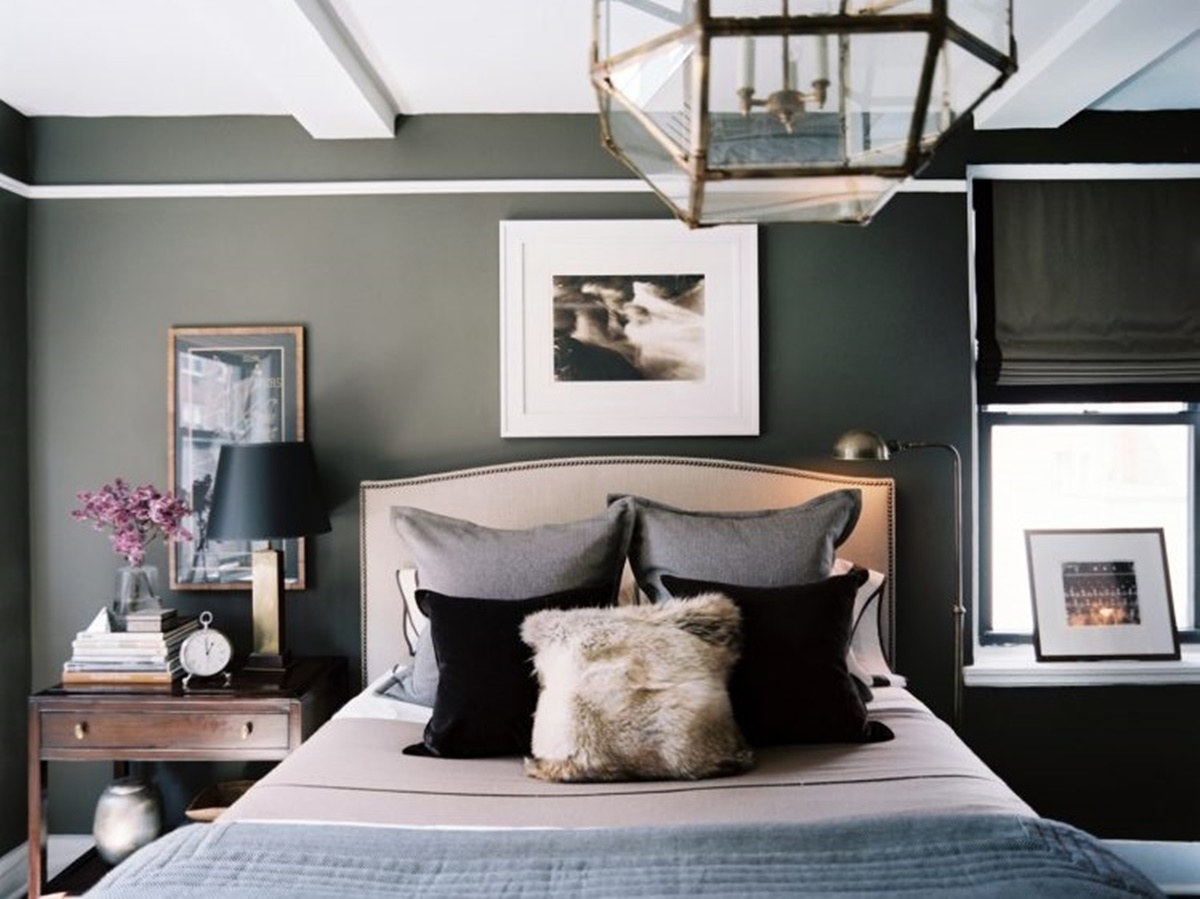
Here are seven ways to bring Hygge style comfort to your home!

LAYERED LIGHTS
Even if you feel like you’re lacking in the cozy department, simply addressing your lighting will make a huge difference. Layers of lighting make every room feel more welcoming. In the daytime, natural light is ideal. But for evenings, it’s nice to add a cozy glow. A good rule of thumb is to try to have a least three light sources in every room. Use a mix of table lamps, floor lamps, task lamps, and overhead lighting. Consider using warmer lightbulbs for the coziest ambience.

COMFORTING MOMENTS
Your home will offer a sense of comfort when you incorporate some favorite photos of loved ones, treasured hand-me-downs, antiques or flea-market finds, eye-catching conversation starters, art that inspires you, special mementos, or simply things that make you smile.

AN INVITING AROMA
What aroma feels ‘cozy’ to you? Set the tone for your home by filling it up with winter scents that inspire you.

TOUCHABLE TEXTURES
The coziest homes contain a variety different textures that delight the eye. Incorporate different touch-worthy materials through pillows, drapery, throw blankets, rugs, lamps, and furniture. The fabric possibilities are endless: velvet, woven, knit, embroidered, grain sack, faux fur, tweed, etc. You can also consider creating contrast with varying materials like metal, wood, glass, rattan, mirrored, painted, and more.

A PLACE TO CURL UP
Make yourself a special cozy place to relax. A reading chair will be extra cozy with some good books nearby in a basket, a lamp, a footstool, a side table to set a cup of tea, and a soft blanket you can curl up in.

A BIT OF WARMTH
Every home can benefit from warmth. No matter what your color scheme, you can add warmth through natural tones like wood, leather, jute, warm metals, etc.
SOMETHING LIVING
A room comes to life when an organic element is incorporated into the decor. Every room can benefit from having at least one plant, bouquet of flowers, or even a sprig of greenery like eucalyptus to remind us that spring is on its way.
Just a Dash of Feng Shui
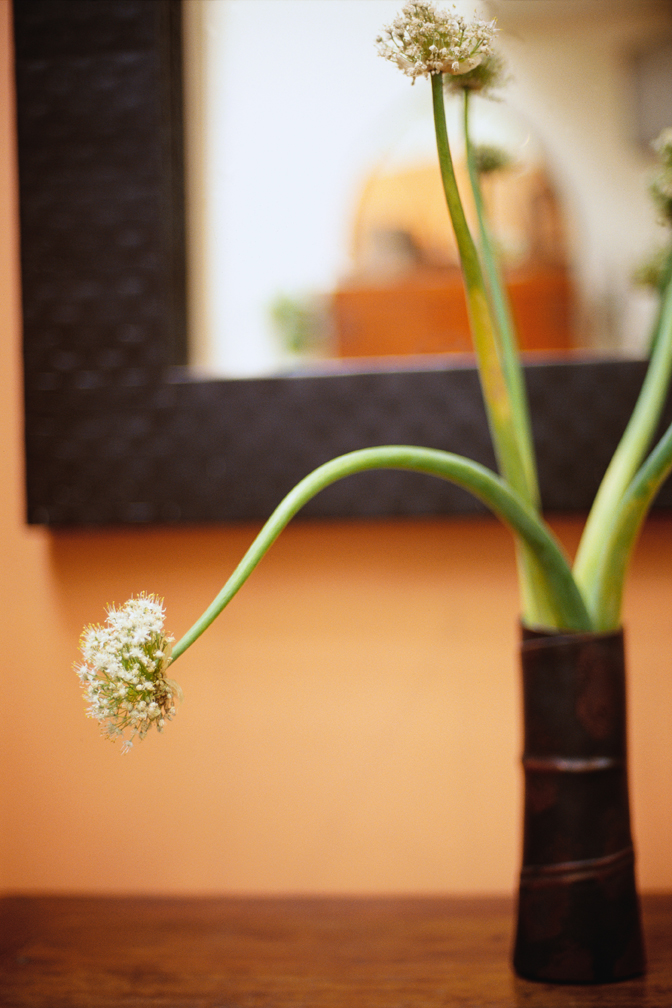
 What is a home if not personalized to those who share its walls? Feng Shui is intended to create a place of peace, balance and harmony for you and yours. You can achieve this type of atmosphere through the things you bring into your home and the way that you stage your environment.
What is a home if not personalized to those who share its walls? Feng Shui is intended to create a place of peace, balance and harmony for you and yours. You can achieve this type of atmosphere through the things you bring into your home and the way that you stage your environment.
Feng Shui helps enhance your space and deliver positive energy by creating a more comfortable, clutter-free environment, and incorporating the influential elements found in nature. A recent article titled Feng Shui Basics for Home Decorating provides what I consider the simplest definition: “the use and placement of objects and materials to create a harmonious flow of life energy. As such, the design of each room should be based on the people who use it the most.”
To better understand Feng Shui, it is important to know the elements in which it is grounded: Water, Earth, Fire, Metal and Wood. Incorporating these elements into your home can be surprisingly simple, inexpensive, and do-it-yourself.
Element by element, here are some ideas and explanations of Feng Shui for your home:
-
- Water: The water element also includes wind. Blues and blacks represent this element, as does integrating a water source in a home, which gives off a presence of refreshing movement. Rock fountains and indoor aquarium tanks are common in Feng Shui-oriented homes.
Using mirrors in your home can be another way to incorporate the water element. The reflective surface of a mirror is similar to the properties given off by a pond or lake. A fashionable mirror can be arguably as attractive as a framed picture, and doubles as being resourceful when you would like to check out your look. Decorating with mirrors can be perfect for a living room space that needs light and enlargement, and a flow of movement.
The living room is typically one of the largest shared spaces of movement in a home, so incorporating a tasteful mirror in this room would be oh-so-appropriate.
-
- Earth: “Adding the earth element to your home quarters strengthens feelings of safety and security. The grounding support of earth energy should bring comfort to the soul and tone things down” is how Happy Home Zone describes home decorating with the earth element.
A simple way to add the earth element to your home is by use of color, and earth tones are the most obvious source. But if tans, browns and oranges are not your thing, try a deep red, mossy green or an off shade of white.
You don’t need to paint every wall or replace your furniture. Start small with a cream throw or piece of artwork. Cream is a color that matches almost any other. Earth tones in beiges, brown, tans and off-whites are also aesthetically pleasing accent colors.
Due to the calming, soothing properties earth tones extract, your bedroom would be a perfect place in which to add this element.
-
- Fire: Another element you may consider incorporating into your bedroom is fire, due to its association with passion, happiness and love. Keep in mind, however, that fire should be used lightly; in large amounts its passionate properties can give off anger vibes.
An article titled How to Decorate with Earth, Fire, Wind and Water suggests incorporating the fire element through the use of “silks and synthetic fabrics, images of sunrises, geometric abstracts, triangular shapes, animal patterns, the color red and candles”.
Candles are always in style, fit well in nearly any room, and come in a variety of shapes and sizes. They can be inexpensive to buy or a fun Do-It-Yourself craft project. A candle display can work nicely in a bathroom and double as an air freshener.
-
- Metal: According to Spiritual Feng Shui.com, “metal is a symbol of wealth and protection. Metals include stainless steel, aluminum, sterling silver, or iron.”
One of the most obvious places to incorporate metal would be in your kitchen. But metal has taken on a new trend outside of kitchen appliances; metal decorations can be used in any room you choose, and can be trendy and tasteful for both men and women. Check out these great precious metals and be inspired!
-
- Wood: The wood element represents growth, and can be incorporated through almost any vegetation you choose to bring into your home. Indoor herb gardens or a potted houseplant can enhance your home aesthetically by being decorative and fragrant.
Growing your own edible vegetation can be a profitable experience, saving money on your grocery bill and adding flavor to your food. But if you lack the outdoor space to do it, read how indoor gardens can be accommodating. Indoor gardening is something your entire household can get involved in and enjoy.
Essentially, among other properties, Feng Shui is about balance – balance in your environment for you and for those with whom you who share your space. If Feng Shui is something you are interested in, start by adding a few of these elements into your décor and gradually increase them as you see fit, to find what balances your home best for YOU.
How do you achieve balance in your living space?
Brittany Lockwood works in Marketing at Windermere Real Estate. She is the in-house expert on weatherizing, yard-sales and interior design. She lives in Seattle in a renovated condo which she enjoys re-arranging and decorating.
Decorating Your Home in Ultra Violet: Pantone Color of The Year 2018
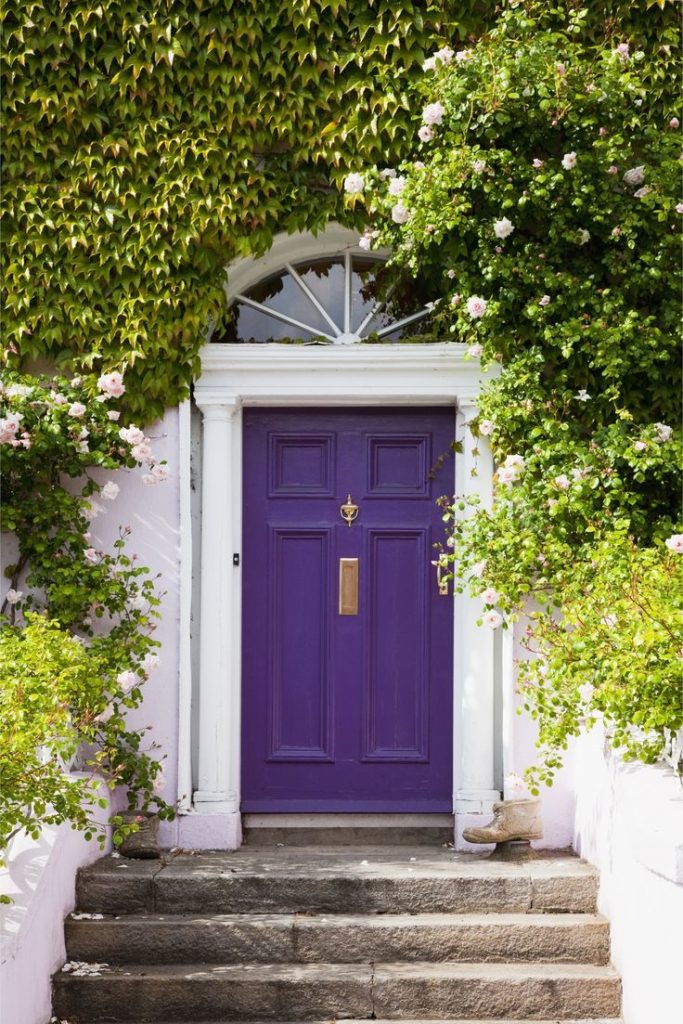
Each year, design pros eagerly await the Color of the Year announcement from the experts at Pantone®. No matter what the hue, it’s always sure to make a splash—and home goods are no exception. From appliances and décor to tile and paint, manufacturers will start rolling out options to match (and complement) the Pantone Color of the Year.
Pantone® Ultra Violet is the pick for 2018. This is no shrinking violet: It’s a deep blue-purple that isn’t for the shy. No wonder that the Pantone announcement referenced icons known for showmanship like David Bowie, Prince and Jimi Hendrix.
Embracing a color this bold into your home might seem like a giant leap, but it could make a big mood difference in your home during the long, grey days of Seattle winters. We have assembled a few ways to incorporate Ultra Violet into your home – some large and some small.
Make an Entrance
Painting your front door adds instant curb appeal. Red’s a classic hue and teal is an up-and-comer, but this entry’s regal purple is a real knockout.
Set the Scene
Funny thing about purple: Though we tend to think of it as a scene-stealer, cooler shades in the blue-gray range can work almost like neutrals. Here, purple walls marry an eclectic mix of midcentury-inspired décor.
Look Around
You’ve seen the accent wall. How about the accent ceiling? A rich grape hue adds an unexpected twist to this bedroom’s gray walls and white trim. It gets extra punch from the peek of red seen through the doorway.
Consider Texture and Sheen
One secret to pulling off a jewel tone like these royal purple walls: Choose a matte finish. Shine plus color can be hard to pull off, but a flatter finish is, well, flattering.
Add Statement Furniture
If you’re planning on using UltraViolet in a bedroom or living area, consider incorporating it in a piece of statement furniture. In this case, the piece will act as the focal point of the room, since it will undoubtedly capture plenty of attention. With that in mind, bed frames, ottomans and reading chairs are excellent options to fill this role.
Opt for Accessories
For those who are a bit nervous about jumping into a design full of intense shades, keep in mind that you can always incorporate Ultra Violet into your accessories. These are a great starting point because they generally include lower-cost items that can easily be replaced when your tastes change or if you decide you’re not a big fan of the look.
 Facebook
Facebook
 Twitter
Twitter
 Pinterest
Pinterest
 Copy Link
Copy Link
